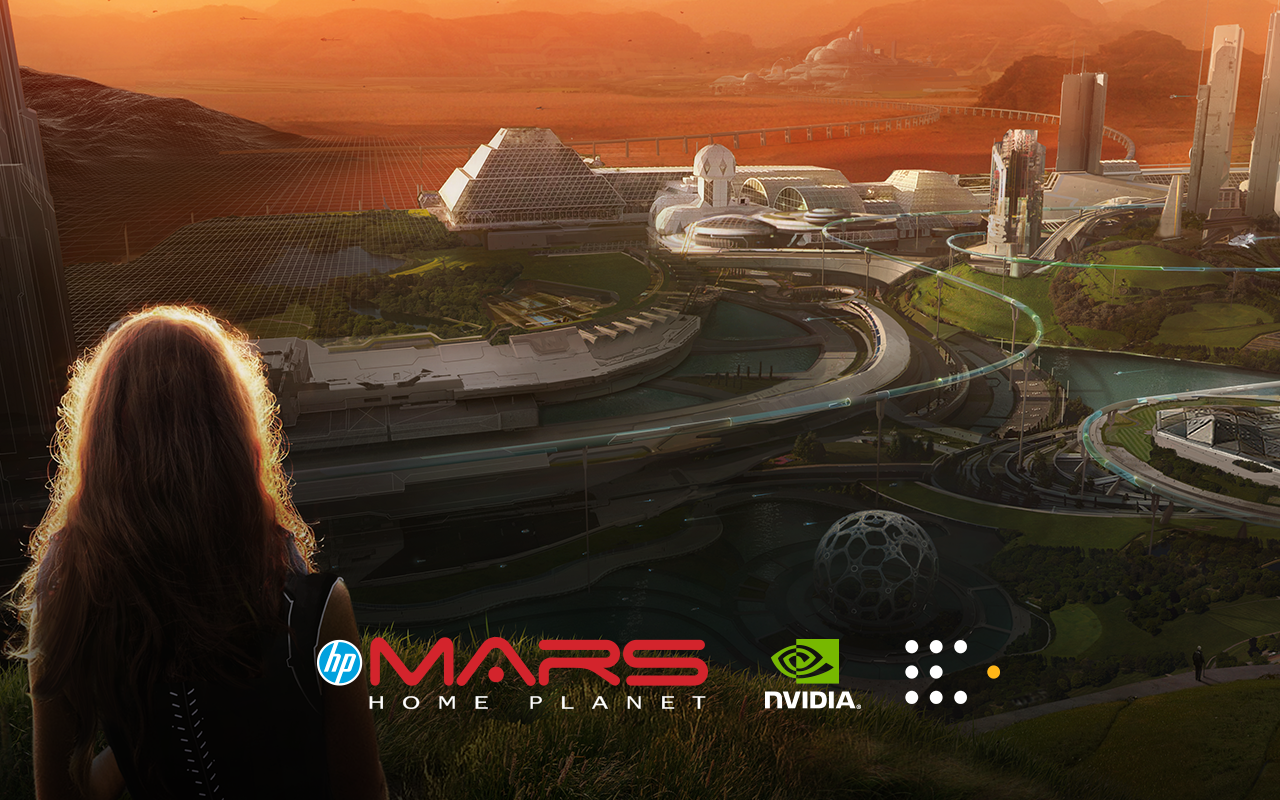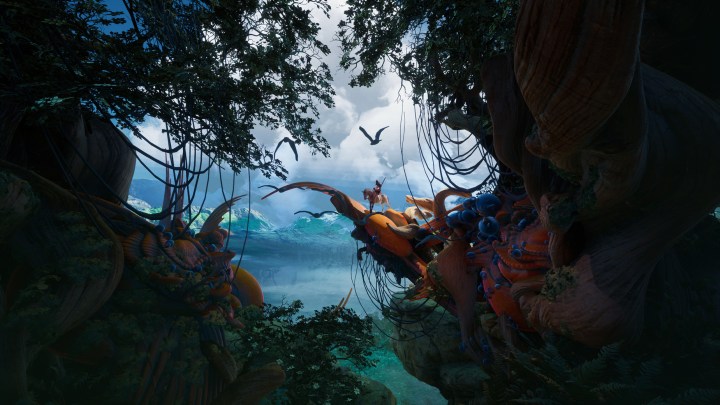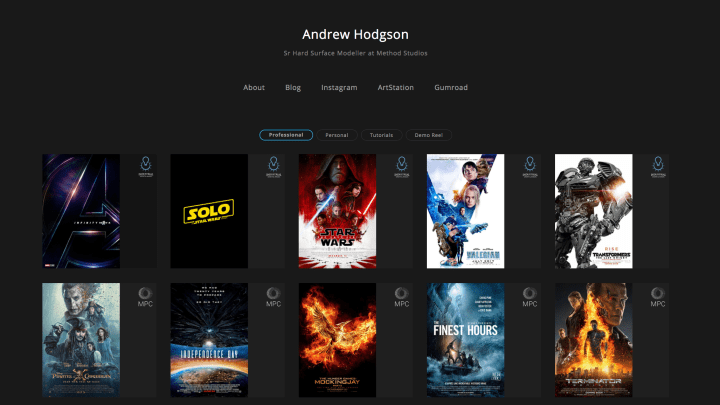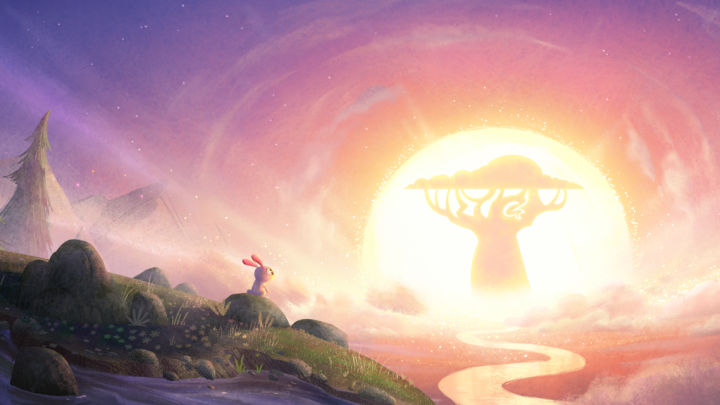Help Design Life on Mars!
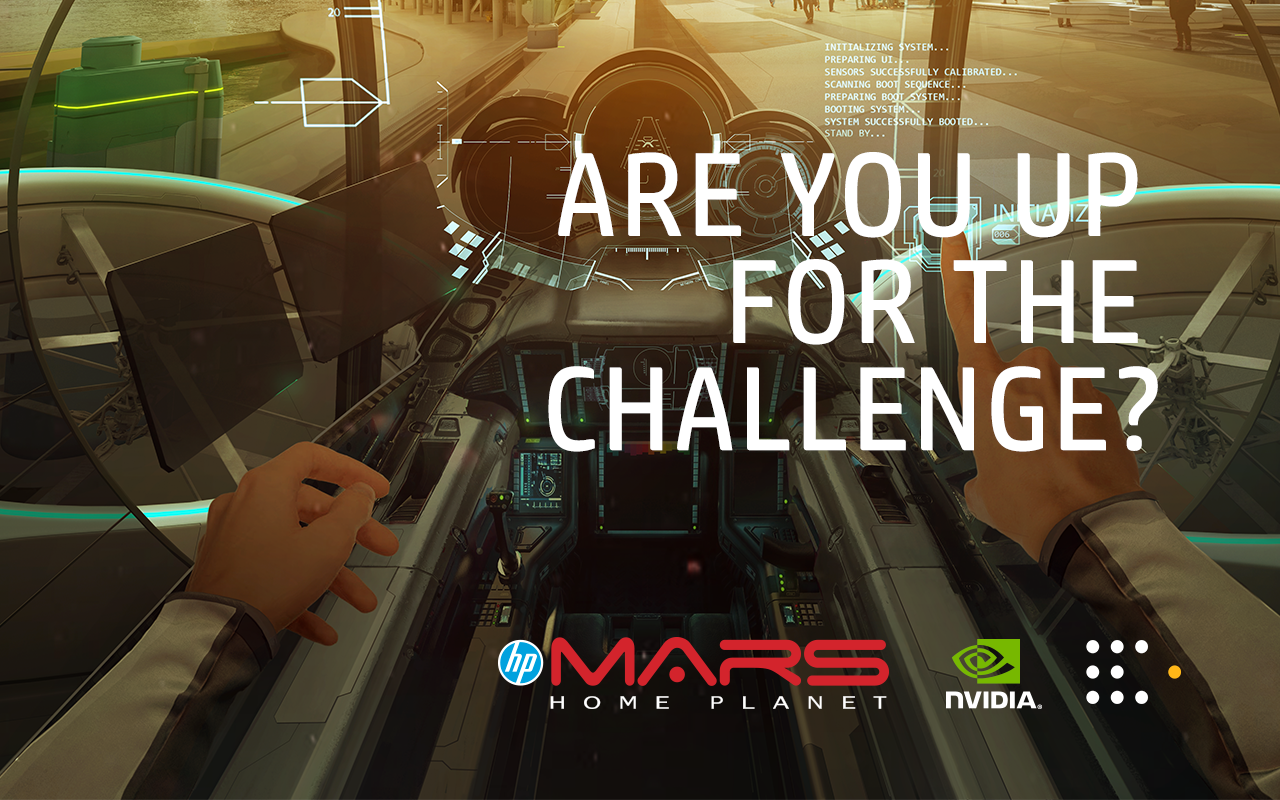 Launch Forth is a collaborative community of designers, makers, and solvers aimed at attacking todays biggest design and engineering problems using their next-generation platform for co-creating. Recently, they’ve teamed up with HP and NVIDIA to bring you a design challenge like you’ve never seen before. The Mars Valley Urbanization Challenge is a conceptualization project aimed at designing for infrastructure, mobility, and other facets of future life on Mars. The ideas generated will then be modeled and rendered for the final product: The HP Mars VR Experience.
Launch Forth is a collaborative community of designers, makers, and solvers aimed at attacking todays biggest design and engineering problems using their next-generation platform for co-creating. Recently, they’ve teamed up with HP and NVIDIA to bring you a design challenge like you’ve never seen before. The Mars Valley Urbanization Challenge is a conceptualization project aimed at designing for infrastructure, mobility, and other facets of future life on Mars. The ideas generated will then be modeled and rendered for the final product: The HP Mars VR Experience.
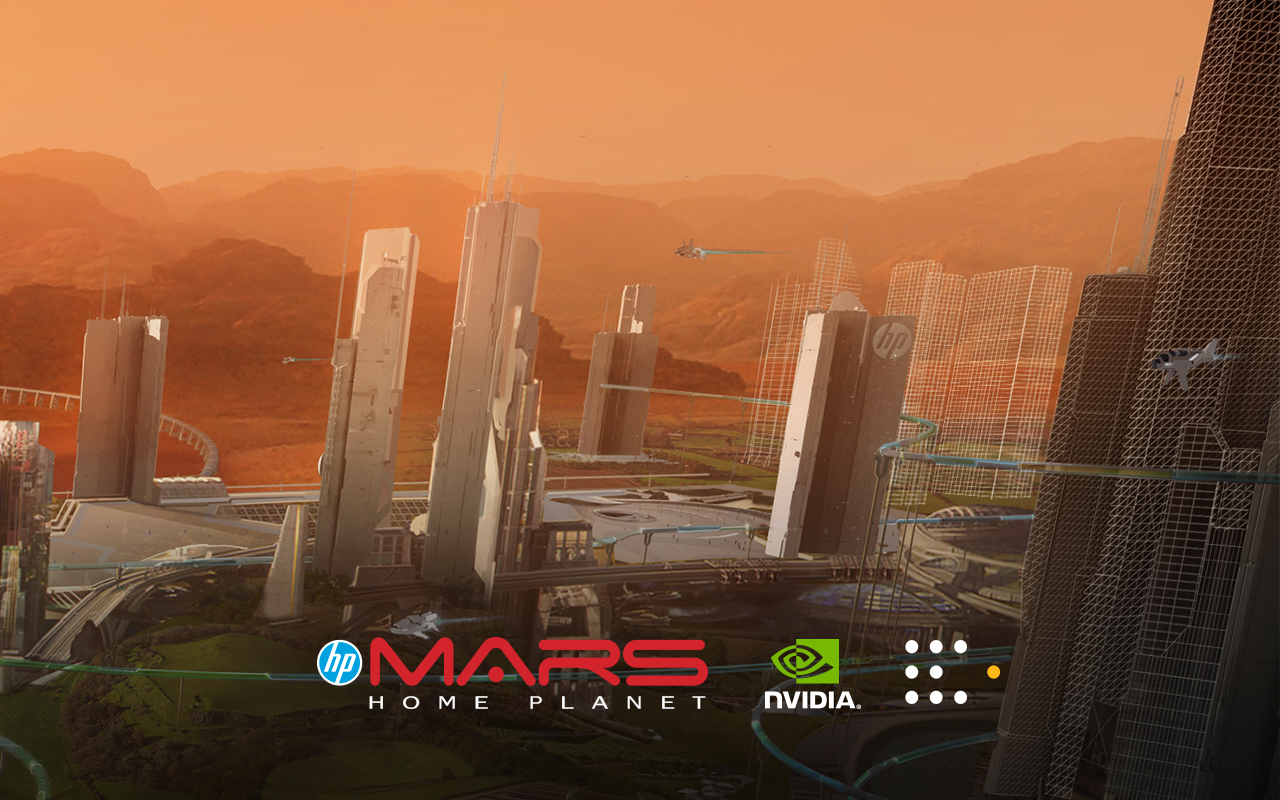 Designing infrastructure for a planet that has previously been uninhabited by mankind is a big ask. With a projected one million human on Mars, we need to be prepared to accommodate them. The challenge at hand is to develop the concepts for the structures, systems, smart cities and habitats that will support human life on Mars. Designs can range from a simple, yet scalable home to vast underground networks. The only limitations in design are physical constraints of the Red Planet.
Designing infrastructure for a planet that has previously been uninhabited by mankind is a big ask. With a projected one million human on Mars, we need to be prepared to accommodate them. The challenge at hand is to develop the concepts for the structures, systems, smart cities and habitats that will support human life on Mars. Designs can range from a simple, yet scalable home to vast underground networks. The only limitations in design are physical constraints of the Red Planet.
There are many things to consider when designing mobility systems for a new society. First, transportation can come in many forms and serve different purposes depending on geographical locations. How will people get from point A to point B in the quickest and most efficient manner? Moving humans, delivering cargo, and even recreational transportation needs to be accounted for, as well.
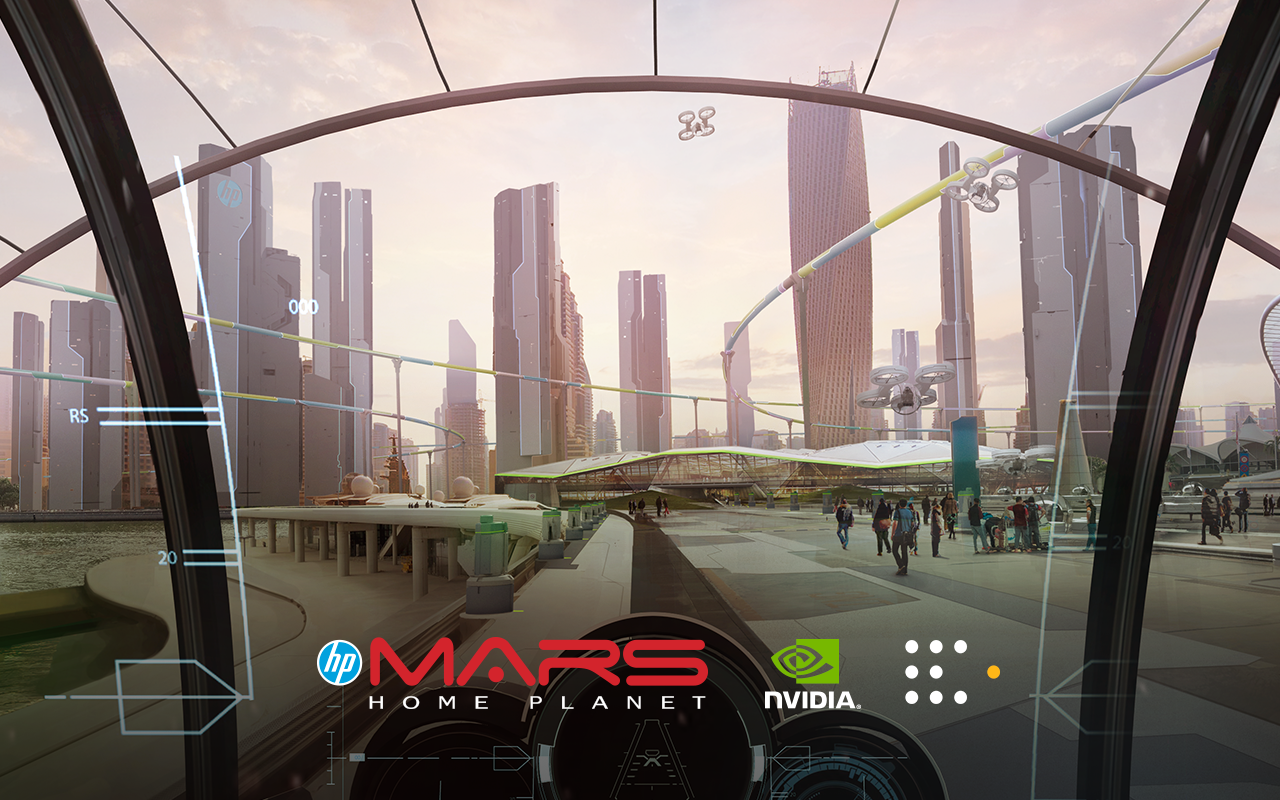 In order to design effective mobility systems for the Red Planet, we must work under the following assumptions. We are building an urban area for one million people on Mars. It is safe to say that we have already figured out a way to transport most of these people onto the planet from Earth. We can also supply or build with most known materials, though integrating systems that utilize resources found on Mars is always ideal. Finally, we can assume that missions establishing survival have already occurred. We are now working on how to thrive.While developing for these mobility and infrastructure asks, we must consider the following. All designs must be bound by the physical constraints of Mars, including Mars gravity, soil, terrain, air, cosmic radiation, need of water supply, etc. Designs must also be able to sustain the environmental conditions of the Mars Valley (Mawrth Vallis).
In order to design effective mobility systems for the Red Planet, we must work under the following assumptions. We are building an urban area for one million people on Mars. It is safe to say that we have already figured out a way to transport most of these people onto the planet from Earth. We can also supply or build with most known materials, though integrating systems that utilize resources found on Mars is always ideal. Finally, we can assume that missions establishing survival have already occurred. We are now working on how to thrive.While developing for these mobility and infrastructure asks, we must consider the following. All designs must be bound by the physical constraints of Mars, including Mars gravity, soil, terrain, air, cosmic radiation, need of water supply, etc. Designs must also be able to sustain the environmental conditions of the Mars Valley (Mawrth Vallis).
The conceptualization portion of the challenge runs now through October 15, 2017. Check out the challenge here for your chance to win HP Z Workstations. Also, keep your eyes on the Launch Forth site for the modeling (Nov. 2017), rendering (Mar. 2018), and implementation (Aug. 2018) portions of the HP Mars Valley Urbanization Challenge.
